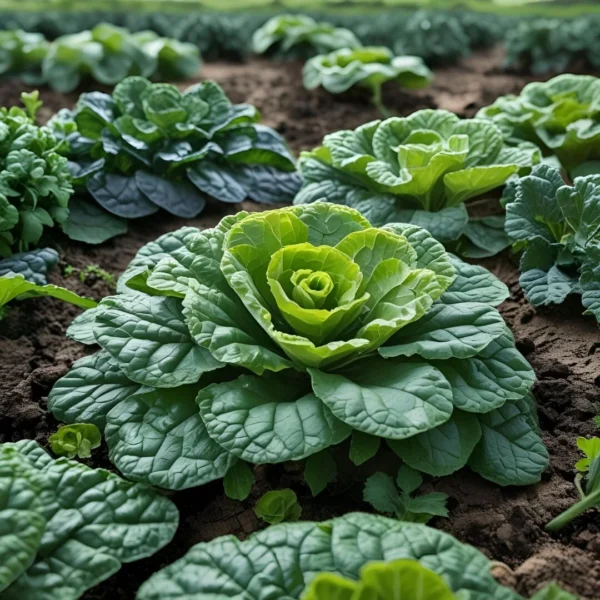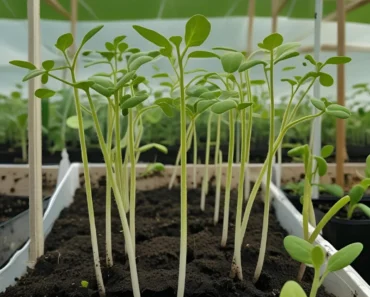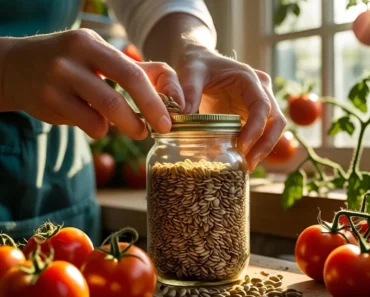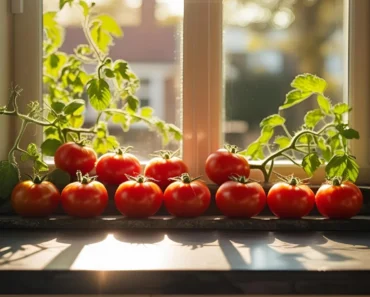Edible ground covers for vegetable gardens represent a clever gardening strategy that combines soil protection, weed suppression, moisture retention, and an additional food source. These plants grow low to the ground, sprawling thickly to shield soil from erosion and temperature extremes while enhancing biodiversity and aesthetics. In vegetable gardens, choosing the right edible ground covers empowers gardeners to improve soil health and harvest fresh ingredients all at once. This comprehensive article explores the best edible ground covers suited specifically for vegetable gardens, highlighting their benefits, ideal growing conditions, and culinary uses.sustainableholly+2

What Makes a Good Edible Ground Cover?
An edible ground cover should:
-
Grow densely to protect soil and outcompete weeds
-
Have shallow roots to avoid competition with vegetables
-
Thrive in conditions matching your garden’s climate and soil
-
Provide edible parts, such as leaves, flowers, or fruits
-
Support beneficial insects and pollinators
-
Require minimal maintenance
Top Edible Ground Covers for Vegetable Gardens
1. Sweet Potato (Ipomoea batatas)
Arguably one of the best edible ground covers, sweet potatoes spread fast with lush, thick vines that create a living mulch. They thrive in warm climates and well-draining soil.
-
Benefits: Excellent soil shading, moisture retention, and erosion control.
-
Edible parts: Tuberous roots (staple food) and young leaves, which taste similar to spinach and are great sautéed or added to soups.
-
Growing tips: Plant slips after danger of frost has passed; the vines naturally cover ground aggressively.sustainableholly
2. Nasturtium (Tropaeolum majus)
Nasturtiums are vibrant, fast-growing annuals that make beautiful and functional ground covers.
-
Benefits: Attract pollinators and beneficial insects, act as trap crops for aphids and other pests, suppress weeds.
-
Edible parts: Peppery leaves, bright flowers, and edible seed pods that can be pickled like capers.
-
Growing tips: Prefers well-drained soil and full sun; self-seeds prolifically—manage spread with pruning.gardenbetty+1
3. Alpine Strawberries (Fragaria vesca)
Alpine strawberries are smaller but tasty relatives of commercial strawberries; they spread into dense mats perfect for cooler climates.
-
Benefits: Dense growth suppresses weeds, shade protects soil.
-
Edible parts: Sweet, small berries, leaves for tea.
-
Growing tips: Tolerates light foot traffic, prefers well-drained soil and partial sun.gardenbetty+1
4. Creeping Thyme (Thymus serpyllum)
Aromatic and drought-tolerant, creeping thyme is a fragrant ground cover with culinary and medicinal uses.
-
Benefits: Deters pests with its scent, attracts pollinators, hardy in poor soils.
-
Edible parts: Leaves and flowers used fresh or dried.
-
Growing tips: Thrives in full sun and well-drained soil; ideal for border edging and dry spots.fernhill+1
5. Oregano (Origanum vulgare)
Oregano’s robust and bushy habit spreads quickly, suppressing weeds while flavoring dishes.
-
Benefits: Pest-resistant, attracts pollinators, evergreen in mild climates.
-
Edible parts: Leaves and flowers.
-
Growing tips: Suitable for borders or companion planted with brassicas and deep-rooted vegetables to avoid competition.thrivelot+1
6. New Zealand Spinach (Tetragonia tetragonioides)
A heat-tolerant leafy ground cover, New Zealand spinach thrives in summer when traditional spinach struggles.
-
Benefits: Provides dense shade to soil and weed control.
-
Edible parts: Leaves cooked like spinach.
-
Growing tips: Prefers full sun and moist, fertile soil; can be invasive without containment.sustainableholly
7. French Sorrel (Rumex scutatus)
This herbaceous perennial offers a tart, lemony flavor, and grows as a lush ground cover.
-
Benefits: Suppresses weeds, attracts wildlife.
-
Edible parts: Leaves for salads, sauces, and soups.
-
Growing tips: Likes rich, well-drained soil and partial sun.thrivelot+1
Benefits of Using Edible Ground Covers in Vegetable Gardens
-
Weed Suppression: Fast-growing ground covers in the vegetable garden stop weeds from gaining a foothold.
-
Soil Health: Many edible ground covers add organic matter and enhance microbial activity, improving soil fertility.
-
Moisture Retention: Their shade reduces evaporation, conserving water.
-
Pest and Pollinator Support: Flowers attract beneficial insects and pollinators while some plants repel pests.
-
Edible Yield: Adds diversity and nutrition beyond the primary vegetable crops.
-
Erosion Control: Prevents soil loss on slopes or disturbed areas.thrivelot+2
How to Integrate Edible Ground Covers with Vegetables
-
Select compatible water and light needs: Match ground cover plants with vegetable crops requiring similar growing conditions.
-
Avoid deep-rooted ground covers competing for nutrients: Choose shallow-rooted plants that do not interfere with vegetable root systems.
-
Growing as living mulch: Plant ground covers between rows or around vegetable bases to act as protective mulch.
-
Rotation and succession: Use annual ground covers in short rotations or interplant perennials where long-term coverage is desired.
-
Prune or harvest regularly: To control spread and encourage fresh growth while harvesting edible parts.gardenbetty+1
Culinary Uses of Edible Ground Covers
-
Sweet potato leaves: Sautéed like spinach, good for soups and stir-fries.
-
Nasturtium flowers and leaves: Spicy salad greens and garnishes.
-
Alpine strawberries: Sweet snacking berries and toppings.
-
Thyme and oregano: Flavoring for roasted vegetables, soups, and sauces.
-
French sorrel leaves: Tangy addition to salads or seasoning.sustainableholly+1
Tips for Success
-
Start from healthy plants or seeds to ensure dense coverage and healthy growth.
-
Monitor for invasiveness, especially with vigorous growers like sweet potatoes and New Zealand spinach.
-
Manage pests naturally with companion planting instead of chemicals to avoid harming beneficial insects attracted by ground covers.
-
Use mulch sparingly as many ground covers act as natural mulch.
-
Incorporate edible ground covers in permaculture and food forest designs to maximize layered production and soil health.thrivelot+1
Conclusion
The best edible ground covers for vegetable gardens seamlessly blend functionality with food production, reducing maintenance while enriching the whole garden ecosystem. Plants like sweet potatoes, nasturtiums, alpine strawberries, creeping thyme, and oregano not only protect and enhance soil but supplement diets with fresh leaves, flowers, and fruits. By selecting ground covers aligned with specific garden needs and pairing them thoughtfully with vegetable crops, gardeners can achieve a thriving, diverse, and productive garden space.gardenbetty+2
- https://sustainableholly.com/top-10-edible-ground-covers-for-living-mulch/
- https://www.youtube.com/watch?v=9HBRZVQlC8M
- https://www.marthastewart.com/edible-ground-cover-plants-8600846
- https://plantersplace.com/just-veggies/groundcovers-in-the-vegetable-garden/
- https://www.fernhill.ie/news/1371/top-5-edible-plants-for-ground-cover
- https://www.thrivelot.com/resources/8-edible-ground-covers-for-gardens
- https://www.epicgardening.com/edible-ground-cover/
- https://gardenbetty.com/edible-ground-covers-for-vegetable-gardens/
- https://www.reddit.com/r/Permaculture/comments/1crgzxh/whats_a_good_edible_ground_cover_9ab_california/
- https://www.foodgardenlife.com/learn/edible-perennials






